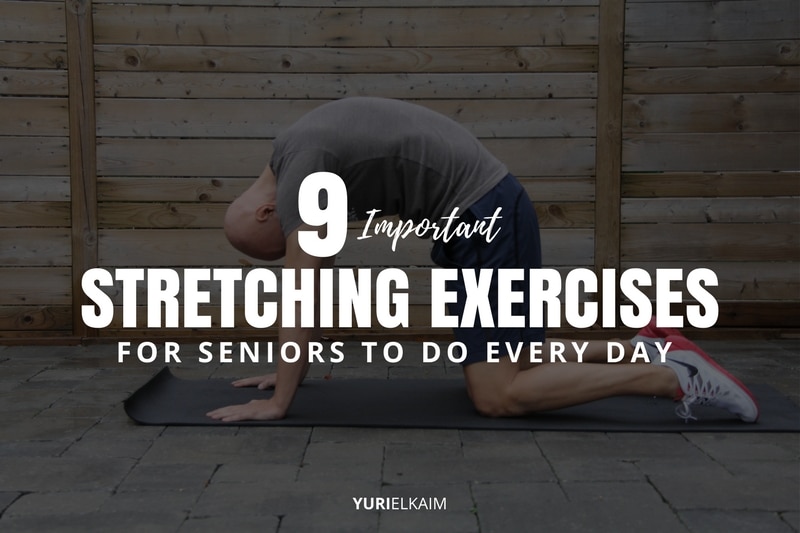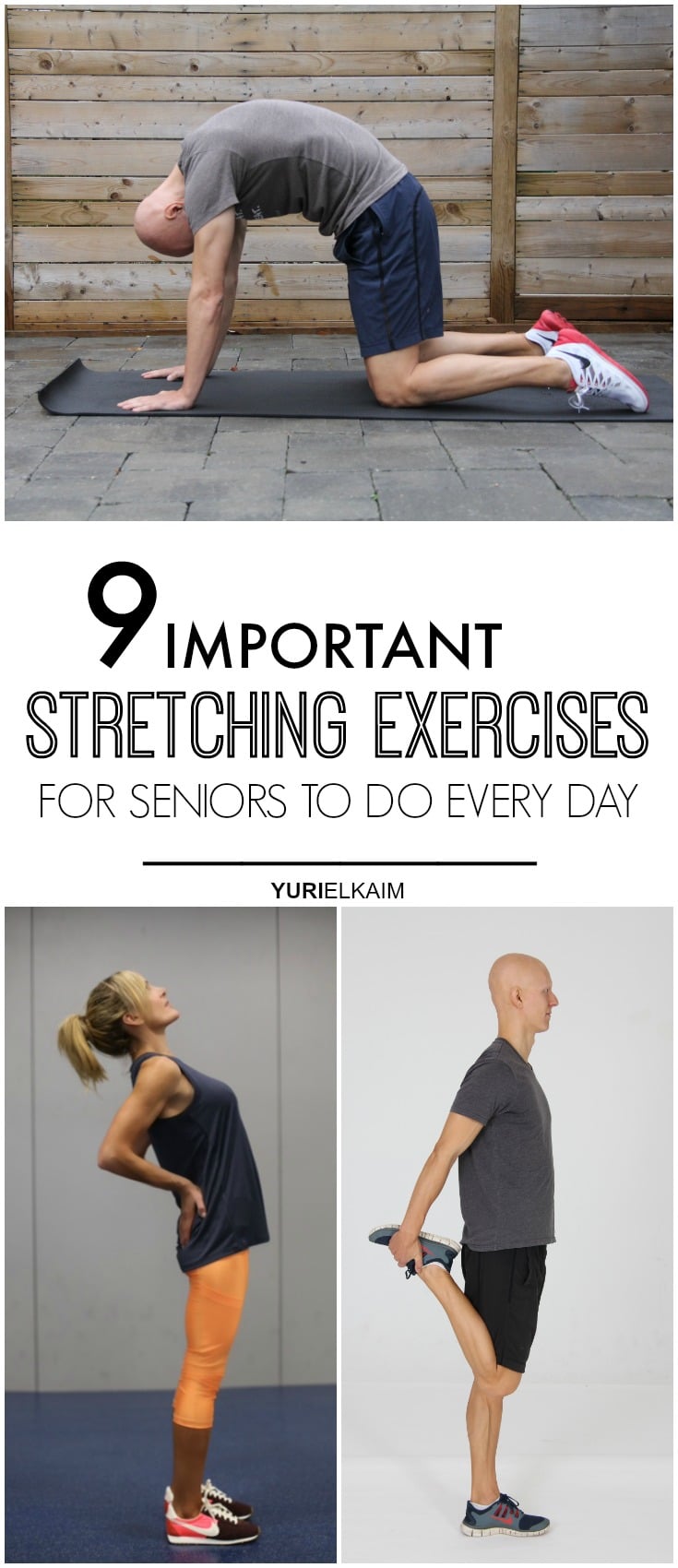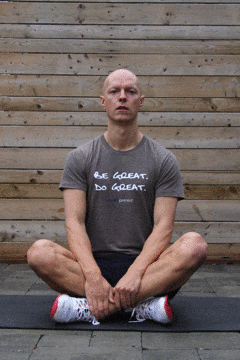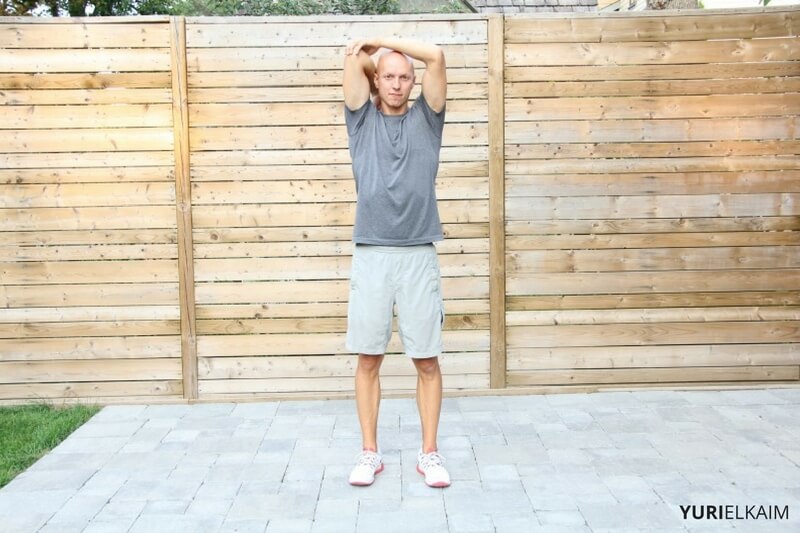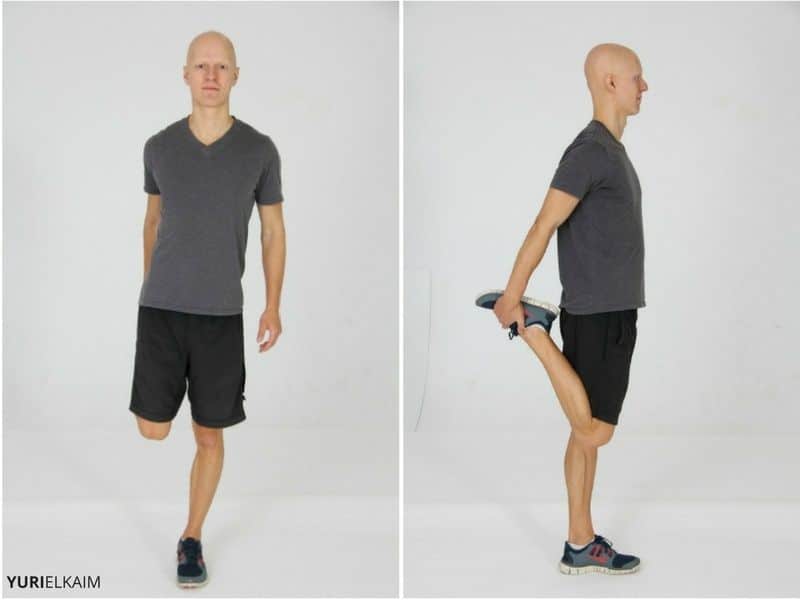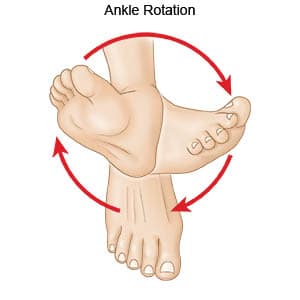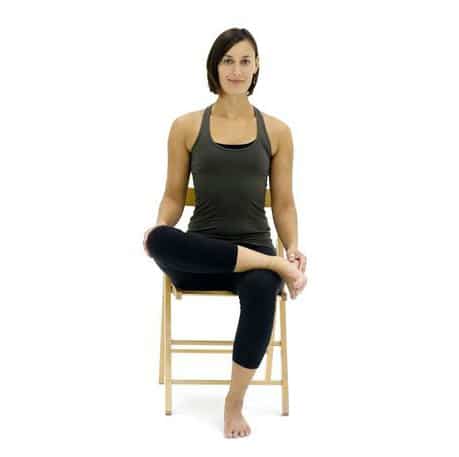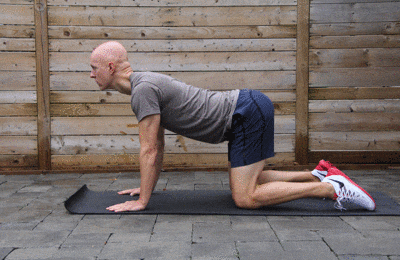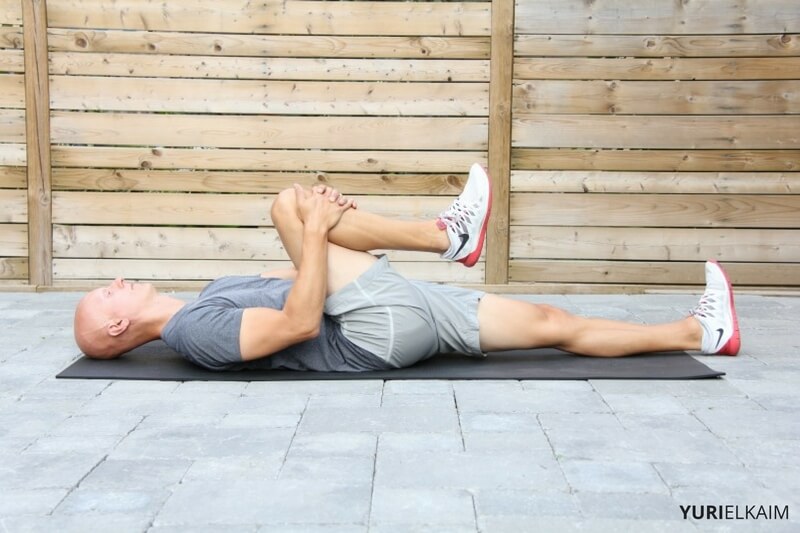In this article
It’s never too late to get your stretch on. In fact, if you’re a senior looking to gain more independence, mobility, and flexibility. Stretching just might be your new best friend. Studies have shown that with age, flexibility decreases by up to 50 percent in some joints. Since this decrease is gradual you may not notice it. Then, one day you go to reach something or get up off the floor, and … ouch! (1)
In the face of growing age-related limitations, a considerable number of seniors resort to prescriptions to manage health concerns, utilize assistive medical apparatus like wheelchairs for physical support, or even hire dedicated in-home assistants, enabling them to carry out daily activities with relative ease and maintaining their independence.
Feel More Limber: Stretching Exercises for Seniors
Undoubtedly, although these choices hold significance in critical, advanced scenarios, what alternatives are available to individuals seeking a proactive methodology? Fortunately, scientific studies substantiate that engaging in regular stretching and a diverse range of motion exercises can effectively mitigate the rate of flexibility decline.
This is where our list of nine stretching exercises for seniors comes into play.
These stretches include a combo of:
- Static stretches that will improve your flexibility, and
- Dynamic stretches that will improve your range of motion.
Together, they’ll make you feel freer in your body, fast. But first, let’s clarify the difference between static and dynamic stretches because each has its place.
Static Stretching
Static stretching involves holding a stretch for 30 seconds or more and is focused on lengthening a specific muscle or group of muscles. The stretch is always held steadily, without any bouncing or pushing/pulling. It’s also always important to warm up before jumping into static stretching, which we’ll discuss below.
Dynamic Stretching
Dynamic stretching is also designed to stretch a group of muscles but in a more active way. It essentially involves mimicking real-world movements while simultaneously stretching your muscles and getting your blood pumping. It is excellent for improving your range of motion, as it focuses on stretching completely through a natural movement.
Recommended Reading:
- 12 Crucial Dynamic Warm-up Exercises to Do Before Your Workout
- A Guide to the 11 Best Dynamic Stretches for Runners
Stretching Bands
Concerned about your flexibility for certain exercises? No worries! Some of these stretches can be made easier by using a yoga strap. These are inexpensive bands that can loop around parts of your body to help increase flexibility. The standing quadriceps stretch mentioned below is a great example of how you can drape a strap around your foot and pull it toward you if you can’t quite grasp it with your hands.
Best 9 Stretch Exercises for Seniors
In the stretches below, we combine the two aforementioned styles of stretching. To increase your flexibility and mobility (basically, the ability to “get around”) try to do these stretches every day, or as often as possible. Be sure to include a 5 to 10-minute warm-up before you start, doing light exercises such as walking in place and arm circles to get your muscles and joints warm before stretching.
1. Neck Side Stretch
This is one of the best morning stretching exercises for seniors, simply because it’s so simple. This neck side stretch will loosen any tension in your neck and the tops of your shoulders from sleeping in the wrong position for too long, or perhaps from not having enough pillow cushion at night.
- Start by sitting tall in a chair. Gently lean your head to one side, then the next, to warm up your neck.
- Now lift your right arm up and over your head, resting your palm gently on the left side.
- Gently pull your head to the right (very gently – in fact just placing your hand there may be enough weight to cause you to feel the stretch).
- Hold for 20 to 30 seconds, then repeat on the other side.
2. Shoulder and Upper Back Stretch
Do you ever feel like you’re having a hard time standing up straight thanks to a stiff back? This is most likely due to sitting, which can make your shoulders and upper back round forward. Over time, it can become hard to stand up straight, since the muscles are so used to being in a hunched position. This shoulder stretch will help loosen these muscles and improve spinal flexibility, so you can stand straight again.
- Begin standing tall, arms by your sides. Now, reaching behind you with both hands, pull your shoulders back and clasp your fingers together.
- If you feel a stretch already, hold it here. If you can go further, push your clasped hands away from your lower back and gently arc backward.
- Return to standing tall, and repeat.
3. Triceps Stretch
This triceps stretch can be done either standing or sitting and is great for improving flexibility and mobility in the arms and upper back.
- Sitting tall in a chair (or standing), lift your right arm up over head, bending at your elbow.
- Now, reach your opposite arm up to clasp your elbow, and pull gently in the opposite direction. You should feel a light stretch through the back of your arm.
- Hold for 20 to 30 seconds, then switch arms.
4. Back Stretch
This back stretch is great for gaining greater mobility in your spine, and can even help with rounded shoulders. It’s also slightly dynamic, which will get your blood flowing.
- Start by standing tall, with your hands on your hips.
- Gently arc backward, looking up toward the ceiling. Hold for about three seconds, then return to standing.
- Repeat 10 times.
5. Standing Quadriceps Stretch
This stretch is superb for elongating the quadriceps muscle, located at the front of your thigh. Frequently, due to prolonged sitting or hunching, this area can become tight and contracted, leading to discomfort and escalating poor posture. Regular performance of this stretch can help counteract these adverse effects, promoting better posture and relief from pain.
- Begin standing tall, holding onto the back of a chair or countertop with your free hand for balance.
- Slowly bend your right knee and grasp your foot. At this point, you might already feel a stretch through the front of your thigh.
- Hold this stretch for 30 seconds, then repeat on the other leg.
- If you’re having trouble reaching your foot with your hand, try using a yoga strap or band, as mentioned above.
6. Ankle Circles
Stiff and/or weak ankles spell bad news when it comes to maintaining your balance. By gaining greater flexibility here, you create a first line of defense against falls and stumbles.
- Get comfortable in a sturdy chair, sitting up tall.
- Extend your right leg out in front of you, keeping the other on the floor.
- Begin to rotate your right ankle; 10 to 20 rotations clockwise and 10 to 20 counter-clockwise.
- Lower your leg and repeat on your opposite leg.
7. Seated Hip Stretch
Tight hips can often keep you from easily doing common activities, such as getting out of a car or bathtub. This hip stretch will increase the flexibility in your hips, allowing you a greater range of motion.
- Begin sitting tall in a sturdy chair.
- Cross your right leg over your left, letting the right ankle sit atop your left knee.
- Relax your right hip, letting gravity pull it toward the floor. You may already feel a stretch deep in your hip.
- To go further, gently press down on your right leg and the knee for a deeper stretch.
- Hold for 20 to 30 seconds, then switch legs.
8. Cat-Cow Pose
The cat-cow pose, beyond being a static posture, is a dynamic yoga stretch that’s superb for boosting spinal mobility and flexibility, vital for overall body movement and posture maintenance.
- Begin on the floor on all fours. Make sure your hands are directly beneath your shoulders and your knees are directly beneath your hips. Use extra padding (small pillows, towels, etc.) for extra padding if your knees are sensitive).
- Once you’re in position, inhale, arching your spine and lifting your head and chest toward the ceiling. Hold for a breath.
- Now exhale while pulling in your stomach and dropping your head and neck down (think like a startled Halloween cat).
- Repeat this movement as many times as you like, but do a minimum of 10 to 15 repetitions.
9. Hamstring and Low Back Stretch
This gentle stretch targets the lower back and hamstrings, which can become tight or painful due to prolonged sitting and/or poor posture.
- Come into this stretch by lying face-up on your bed or floor. Bend your right leg and slowly move it toward your chest.
- Keep your shoulders flat on the floor as you reach your arms around your right knee (if you can’t reach that far, try holding your pant leg) and pull it toward you.
- You should feel a slight stretch through your low back, glutes, and hamstring as you hold for 30 seconds.
- Repeat on your opposite leg.
Safety Precautions to Take
When engaging in the following stretching exercises for seniors, it is crucial to keep in mind some important safety precautions:
- Warm-up: Prior to starting any stretching routine, warm up your body with light aerobic activity to increase blood flow and prepare your muscles.
- Start slow: Begin with gentle stretches and gradually increase the intensity and duration over time. Avoid overstretching to prevent muscle strains or injuries.
- Listen to your body: Pay attention to how your body feels during each stretch. If you experience pain or discomfort, ease off or modify the stretch accordingly.
- Breathe and relax: Breathe deeply and maintain a relaxed state while stretching. Avoid holding your breath, as it can increase tension in your muscles.
- Proper posture: Maintain good posture throughout the exercises. Keep your spine aligned, and shoulders relaxed, and avoid excessive leaning or twisting.
- Use support if needed: If you have balance issues or find it difficult to maintain stability during certain stretches, use a chair, wall, or other stable objects for support.
- Modify as necessary: Adapt the stretches to your individual abilities and limitations. If a specific exercise feels too challenging or causes pain, seek alternatives or consult with a qualified professional.
- Stay hydrated: Remember to drink water before and after your stretching routine to stay hydrated.
- Consult with a professional: If you have any pre-existing medical conditions or concerns, consult with a healthcare professional or a qualified fitness instructor before starting a new stretching routine.
Frequently asked questions (FAQ)
Got more questions about 9 Important Stretching Exercises for Seniors to Do Every Day? Check out some commonly asked questions about this topic below.
Can these stretching exercises be done at any time of the day?
Yes, these exercises can be done at any time of the day that suits your schedule and energy levels. Some people prefer to do them in the morning to invigorate the body, while others find it beneficial to stretch in the evening to relax and unwind.
Do I need any equipment to perform these stretching exercises?
Most of these exercises can be done without any equipment. However, having a sturdy chair or wall nearby for support and balance can be helpful, especially for seniors with mobility or balance concerns.
Can these stretching exercises be combined with other forms of exercise?
Absolutely! Seniors can combine these stretching exercises with other forms of physical activity, such as cardiovascular exercises, strength training, or balance exercises, to create a well-rounded fitness routine.
Stretch Every Day
As you can see, the power of relatively simple stretching can be enormous. If you’re looking to gain more independence and control over your body as you age, I highly recommend incorporating these stretches into your daily routine. Moreover, consider embarking on a regular exercise program. Remember, a body in motion stays in motion.

